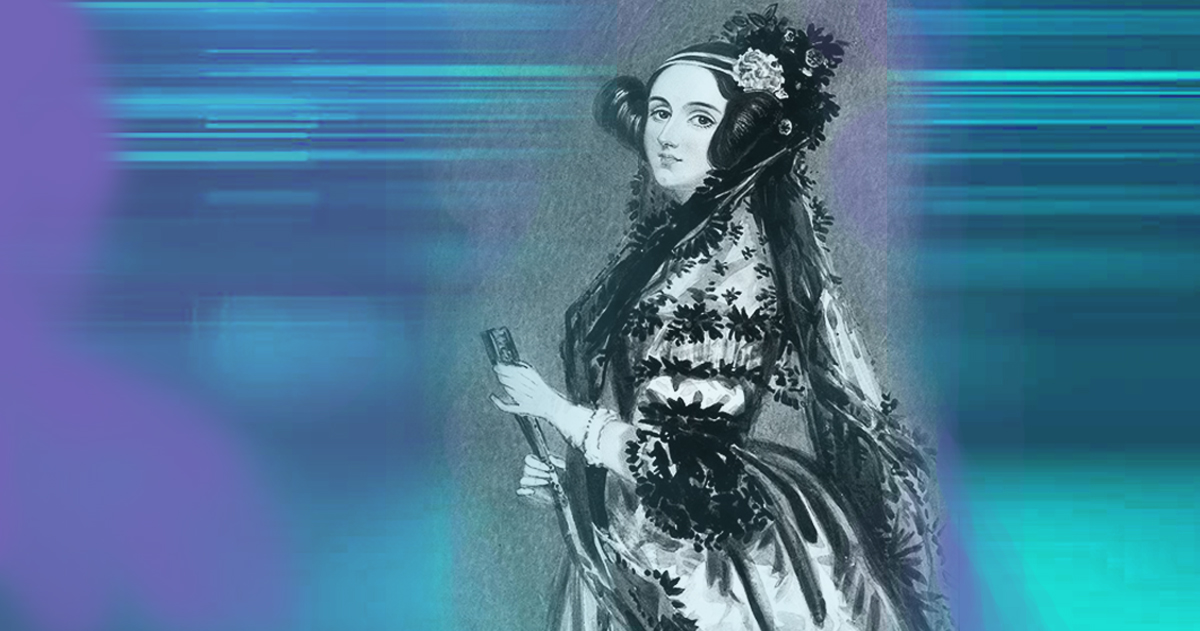IT is full of stereotypes, initially from the complexity and introversion of geeks wearing glasses to the issue that the industry belongs only to men. Nothing could be further from the truth! Few of us probably know that it was a woman who created the first computer programme in the mid-19th century: Ada Lovelace.

Ada Lovelace was the daughter of the famous writer Lord Byron. Ada's mother did everything possible to prevent the girl from following in Lord Byron's footsteps and becoming a poet. When it became apparent at the age of five that Ada was interested in geography, Lady Byron, who had a background in mathematics, immediately enrolled her daughter for extra arithmetic lessons, instilling in her daughter passion for numbers. Born in 1815, Lovelace had the opportunity to grow up in a time of technological revolution. She immediately fell in love with the modern factories and machinery. This made her different from her father, who supported the destruction of equipment, which, according to the luddites caused workers to lose their jobs.
Ada Lovelace, or rather Lady Lovelace, was delighted with Charles Babbage's invention of the differential machine. It was something of an improved calculator. Ada came up with the idea of becoming Babbage's agent and helping him get the money which he needed to build the machine. Their collaboration, however, was about something completely different. Lovelace not only translated a detailed description of the machine that had been prepared by the Italian engineer Luigi Menabrea, later Prime Minister of Italy, but also has corrected factual errors and added a substantial number of notes. Those notes, in which a passionate scientist described the possibilities that programming could offer, decades later inspired Alan Turing to work on the first computer.
Thanks to her extraordinary mind, she predicted that algorithms could create sounds and images. However, she became known as the mother of programming when she described an algorithm for calculating Bernoulli numbers in the same article. Lovelace analysed and drew in great detail the sequence of different actions that must be encoded to achieve the required result.
And what is the situation of women in IT field today? We have more and more female programmers in the world, based on the NFJ report "Women in IT - 2022", the highest number of respondents works as a female developers, specialising in the areas of Backend (15,15%), Frontend (11,92%), Fullstack (5,45%) and DevOps(4,04%). The second largest group are testers (18,59%), followed by women in Project Manager positions (15,96%), Business Analysists (11,11%) and UX/UI specialists (9,29%).
"Software development is a cornerstone of modern economies and is crucial for our competitive edge. I wish that women consider IT positions desirable, and I want to contribute that ERGO is an attractive employer for female tech engineers. It’s simple: the more women who work in tech, the more women will be drawn to tech," says Tina Gold, Head of Global Delivery at ERGO Technology & Services Management (ET&S).
Since the number of women in IT field is rising, we still have got some issues to work on. According to the same survey: "Unfortunately, many women in tech were affected professionally by the pandemic. What is more, the entry threshold to IT remains quite high, which may disturb the process of rebranding. Only recently did the companies start to implement diversity & inclusion policies."
"We are constantly striving to raise the factor of gender diversity in ET&S. As of November 2022, women constituted 30% of our employees and 39% of managers, occupying 35% of the top level positions," comments Marta Zakręta, Talent Acquisition Manager at ET&S in Poland.
Most popular